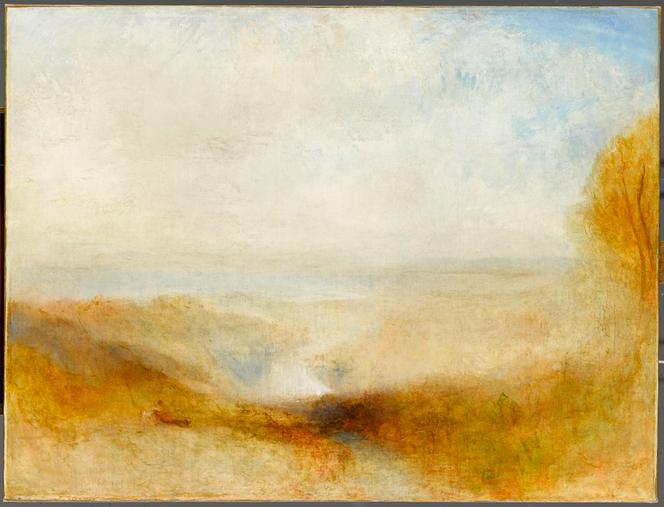At the Musée de l'Orangerie in Paris, the immense artistic resources of blur


"In the Blur," at the Musée de l'Orangerie in Paris, is an exhibition that, from its very title, risks disconcerting. The notion of blur, in itself, seems rather simple: any vision, physical or mental, whose object is not taken within strict limits is considered blurry. Its contours are not clearly traced and its volumes blurred. Depending on the degrees of uncertainty, its identification is doubtful or impossible, whereas, under more satisfactory conditions, there would be no hesitation. In the arts of representation, such as painting, photography, or cinema, blur is therefore a disruption in relation to an ideal of complete visibility.
That said, the difficulties begin. This disruption can be involuntary if the focus of an optical mechanism has been incorrectly adjusted, but it can also be very deliberate. Many photographers have deliberately practiced seemingly faulty settings to force attention. Blurring has become a commonplace digital scrambling practice on the internet, often for purposes that claim to be moral or for security reasons.
You have 83% of this article left to read. The rest is reserved for subscribers.
Le Monde





